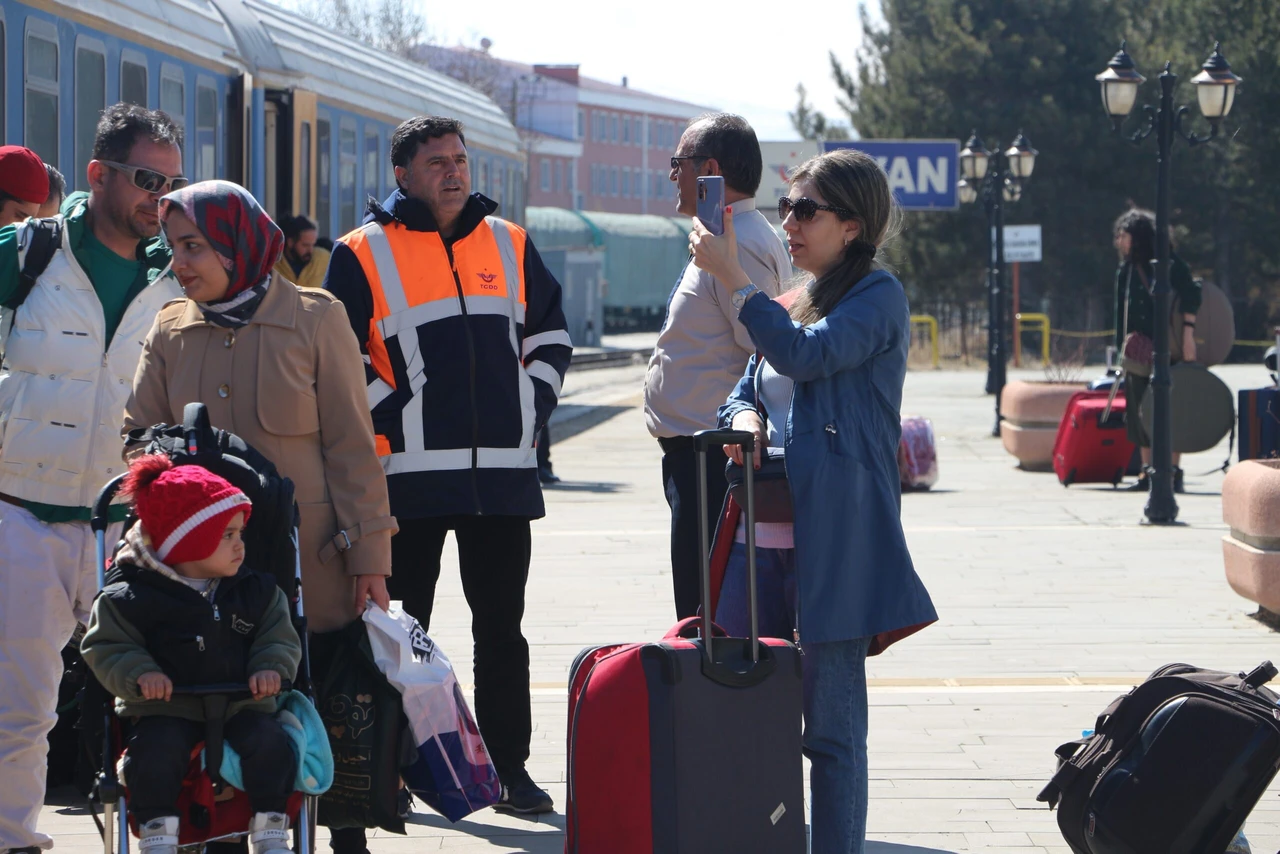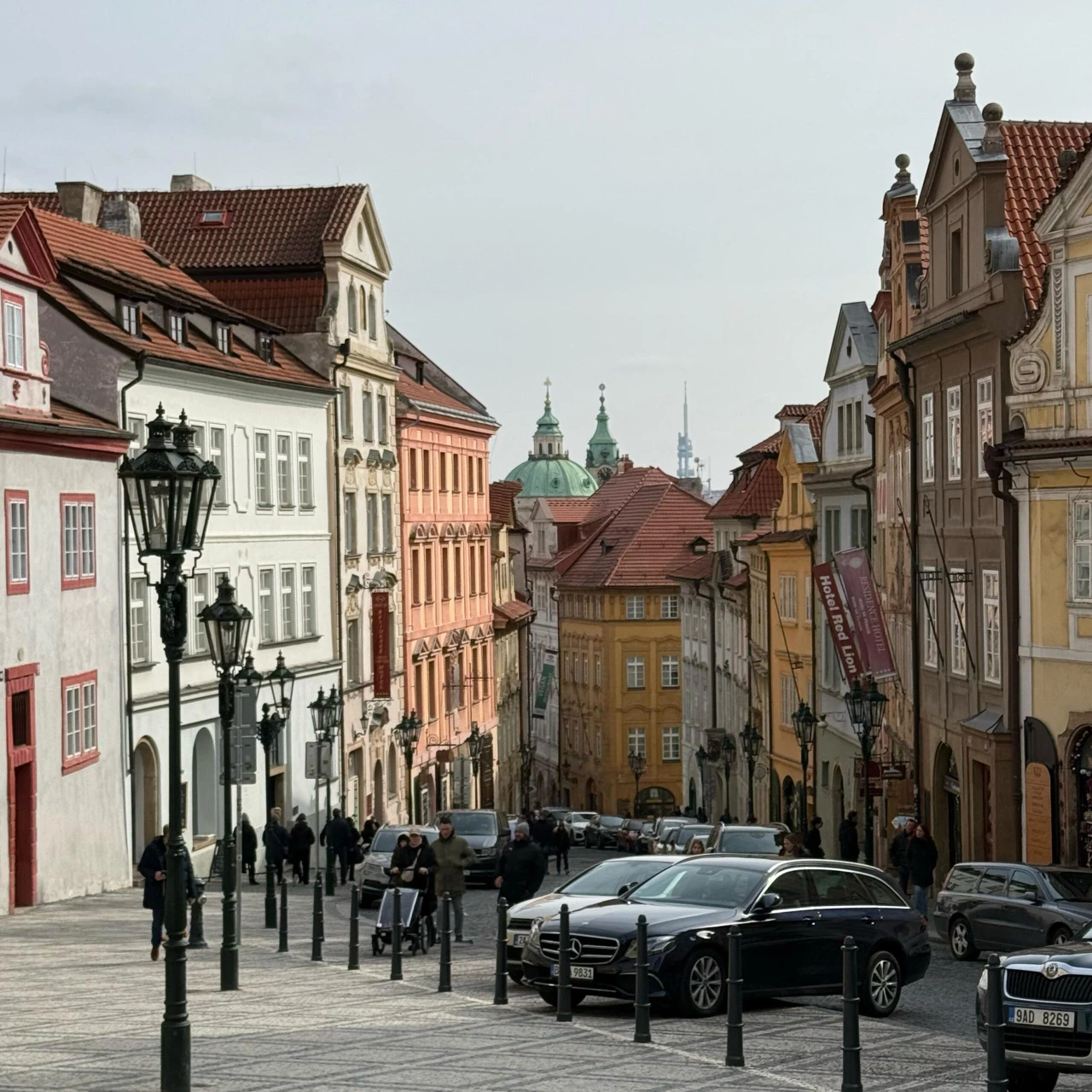Night visits to Topkapi Palace begin: A unique glimpse into Ottoman heritage
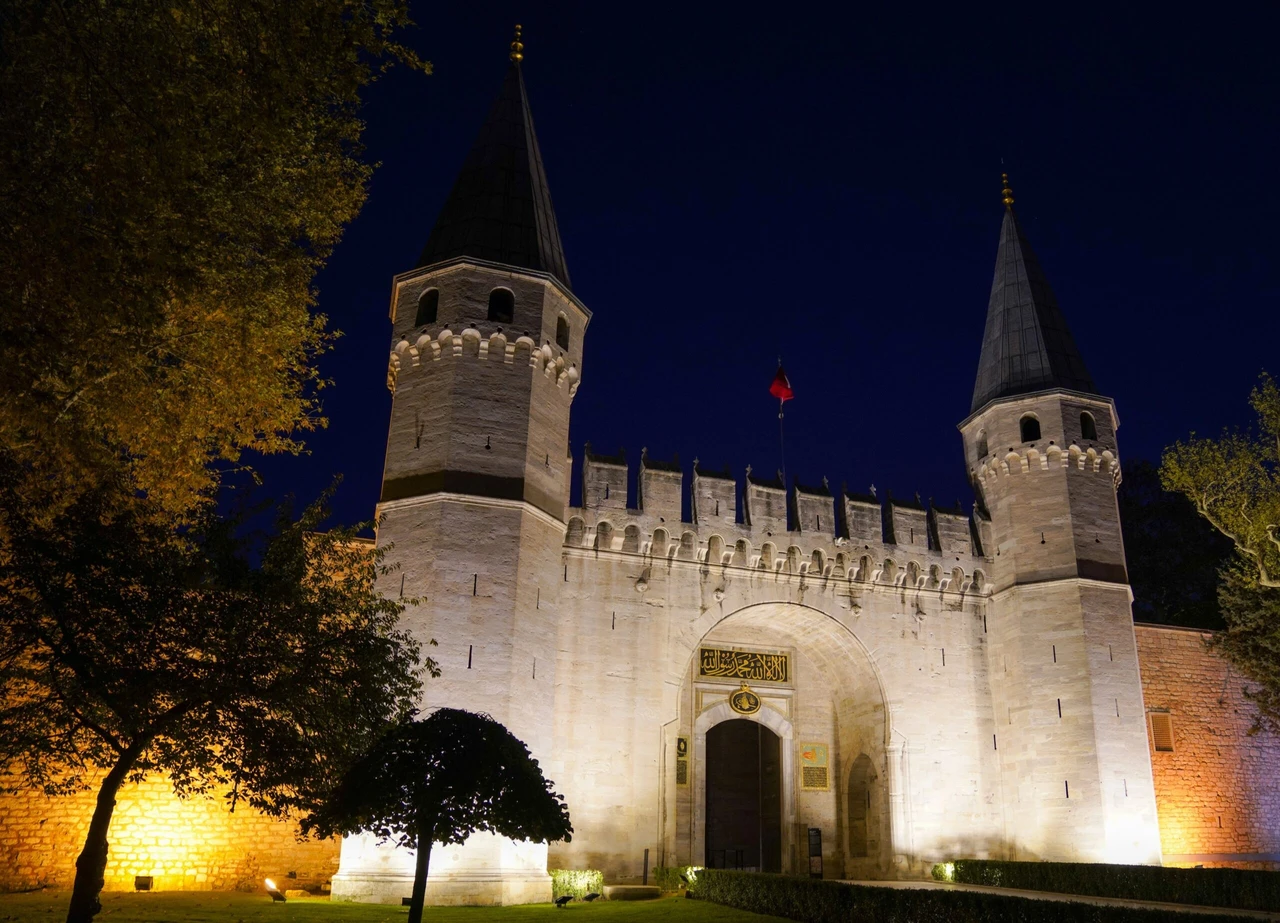 Topkapi Palace, Istanbul's glory is more impressive than ever with its view at night, in Istanbul, Türkiye, June 10, 2023. (Photo via Directorate of National Palaces)
Topkapi Palace, Istanbul's glory is more impressive than ever with its view at night, in Istanbul, Türkiye, June 10, 2023. (Photo via Directorate of National Palaces)
Topkapi Palace, the heart of the Ottoman Empire for centuries, is opening its doors for night visits once a week starting from June 29. According to the new initiative, the palace will be open for special guided tours from 9 p.m. to 11 p.m. every Saturday, accommodating approximately 250 visitors in groups totaling about 1,000 people.
However, only specific parts of the five-century-old Ottoman palace complex will be accessible during these night visits, including the sacred relics, the harem, and the treasury.
In an effort to enhance visitor experience, guests will explore these historic structures accompanied by palace officials and specialized guides.
The tours will commence from the Bab-i Humayun gate (Gate of Salutation), while sections like the Justice Tower will remain excluded from night visits due to security reasons.
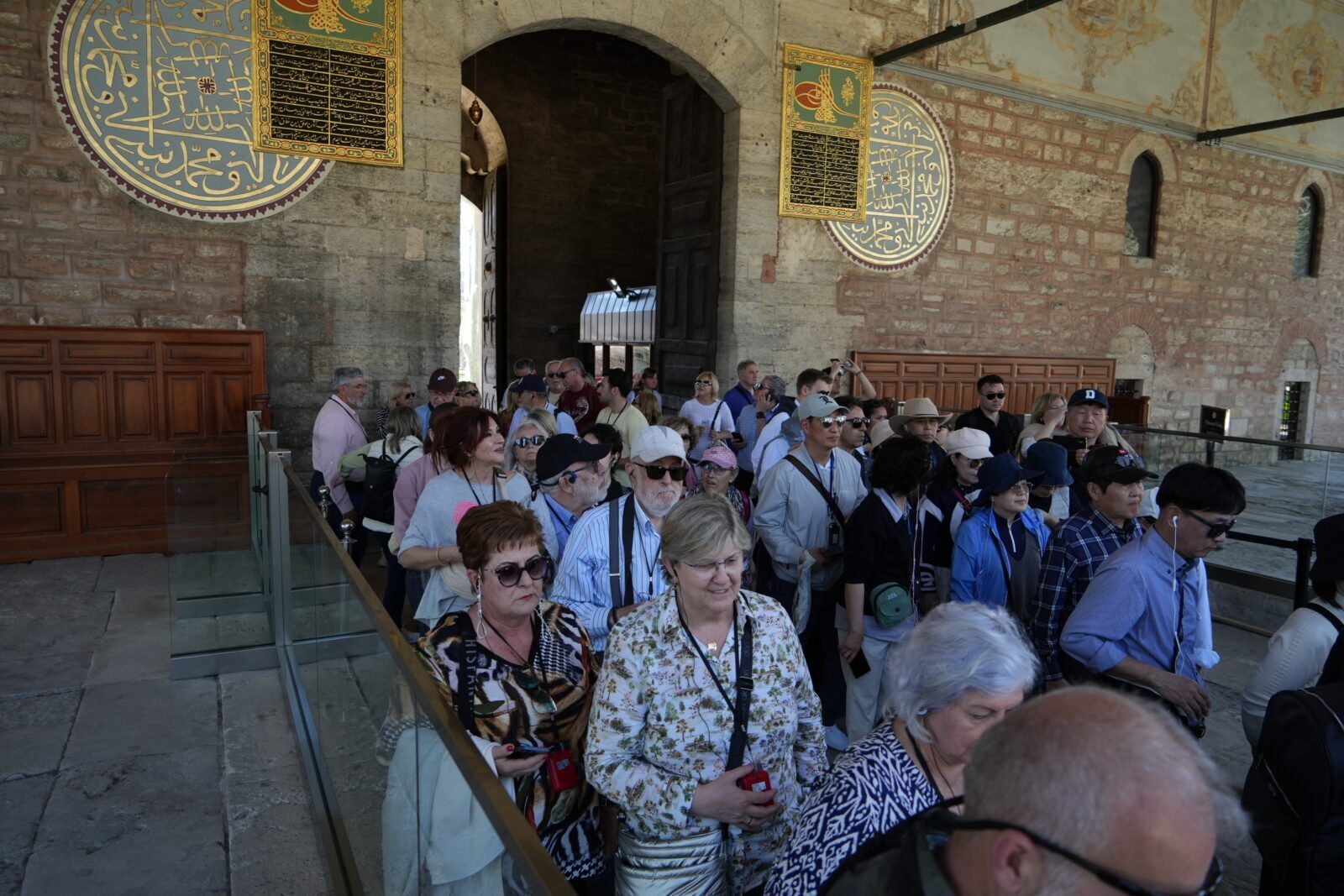
Ticket prices quadrupled: A nightly historical experience
Those eager to visit Topkapi Palace after dark will need to pay approximately four times the regular ticket price. Turkish citizens will pay ₺1,000 ($30.4), while international visitors will be charged ₺5,000 ($152) per ticket.
The initiative, primarily driven by demand from foreign tourists, aims to provide a unique cultural experience where visitors will navigate the historical premises using electronic torches.
Topkapi Palace, completed in 1478, anticipates additional precautions to address potential issues during these night visits. The trial period, expected to run until autumn, seeks to boost the palace’s popularity following last year’s hosting of approximately 3.5 million visitors. Currently, the palace operates from 9 a.m. to 5:30 p.m. daily.
Nightly cultural highlights
Several historical sites across Türkiye already offer night tours, extending cultural access well into the evening. Ephesus, Aspendos, Patara, Side, and Hierapolis remain open until midnight. Galata Tower welcomes visitors until 11 p.m., while Istanbul Archaeology Museums and Maiden’s Tower can be visited until 9 p.m. Hagia Sophia History and Experience Museum, Bodrum Underwater Archaeology Museum, and Akdamar Museum are accessible until 10 p.m.
Pavilions join nighttime experience
National Palaces like Beykoz Mecidiye Pavilion, Aynalikavak Pavilion, and Ihlamur Pavilion are set to open their gardens three nights a week – Friday, Saturday, and Sunday. The Ministry of Culture and Tourism contemplates including historic landmarks like Maiden’s Tower in Istanbul in the night museum program, aiming to enhance summer museum visits and manage visitor density effectively.
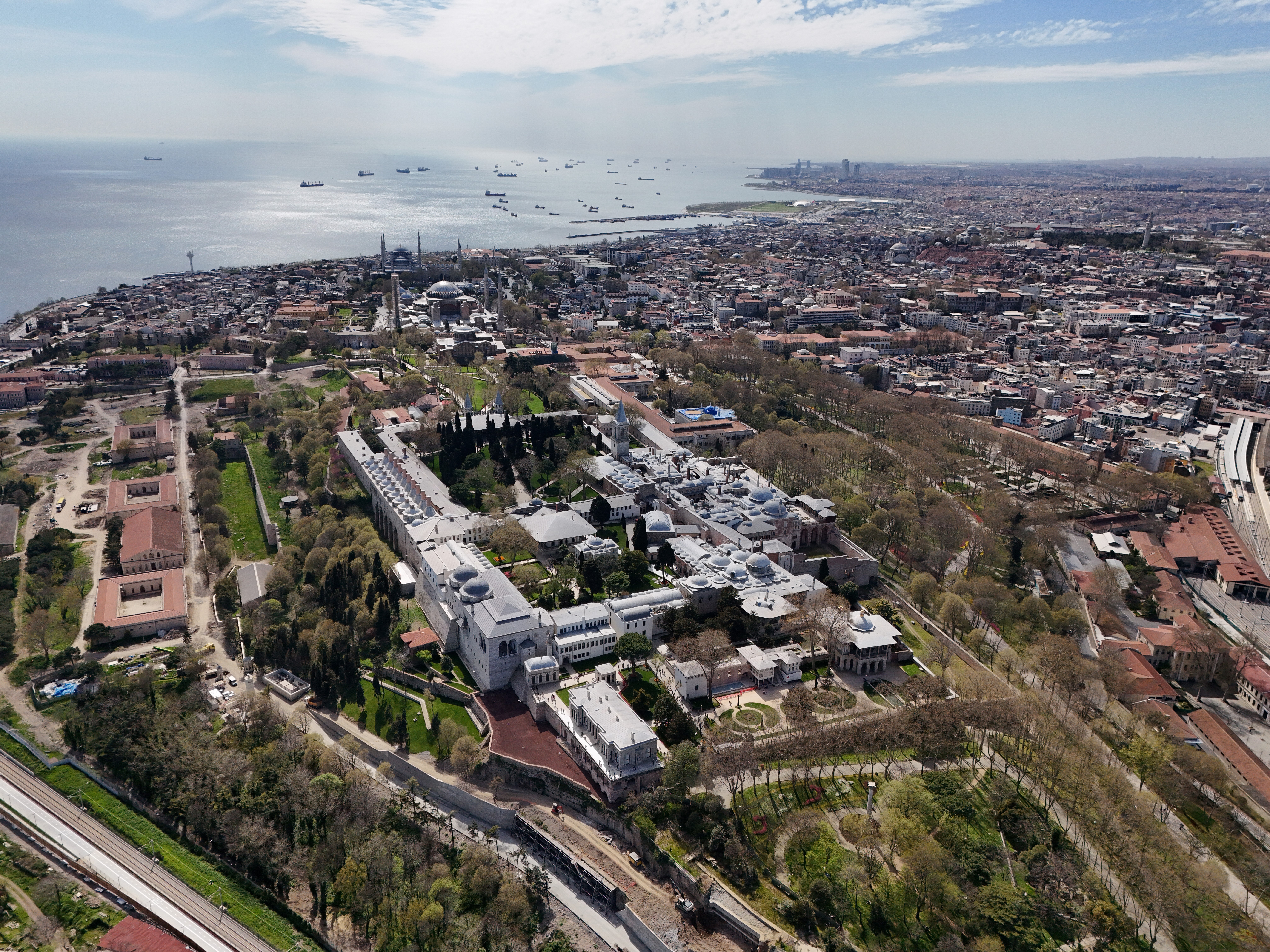
Topkapi Palace: Historical background
Topkapi Palace, situated in one of Istanbul’s oldest historical regions, spans 700,000 square meters atop the ancient Byzantine acropolis on Sarayburnu. Constructed between 1460 and 1478 by order of Sultan Mehmed II, it served as the administrative, educational, and artistic center of the Ottoman Empire for nearly four centuries.
Following the mid-19th century relocation of the imperial court to Dolmabahce Palace due to evolving state protocol needs, Topkapi Palace retained its historical significance and value.
Converted into a museum on April 3, 1924, under the newly established Republic of Türkiye, Topkapi Palace became the nation’s first museum. Today, excluding Gulhane Park, it occupies approximately 350,000 square meters and stands as one of the world’s largest museum palaces, renowned for its architecture, collections, and archives.
The palace’s layout, influenced by the Edirne Palace, consists of four main courtyards surrounded by service buildings and pavilions. These include the Bab-i Humayun (Gate of Salutation), along with the Divan Square (also known as Justice Square), which historically hosted state ceremonies and housed the Divan-i Humayun (Imperial Council) and its treasury.
The Enderun Courtyard, known for its educational role, housed various structures such as the Sultan’s audience chamber, the Falconers’ Lodge, and the royal stables. The fourth courtyard contains imperial pavilions and hanging gardens, showcasing examples of classical Ottoman pavilion architecture like the Baghdad and Revan Pavilions.
Topkapi Palace’s integration into Directorate of National Palaces in September 2019 further solidified its role as a custodian of Türkiye’s cultural heritage.

